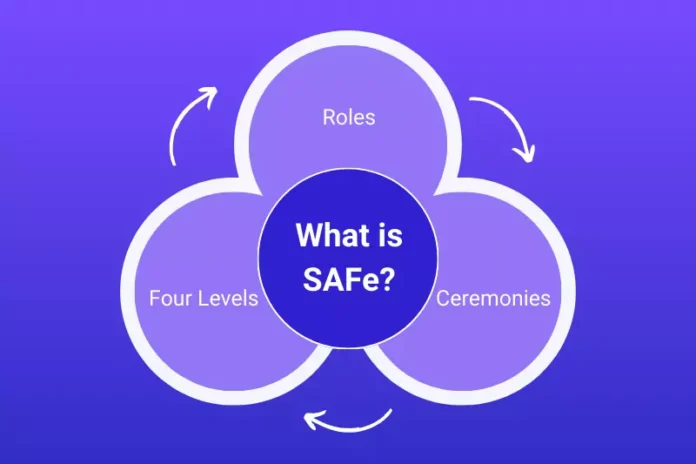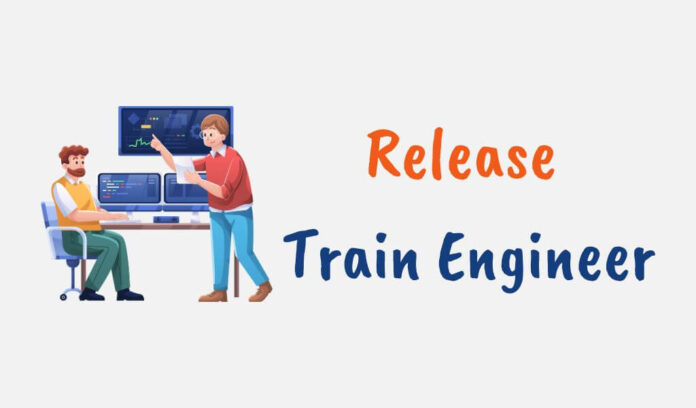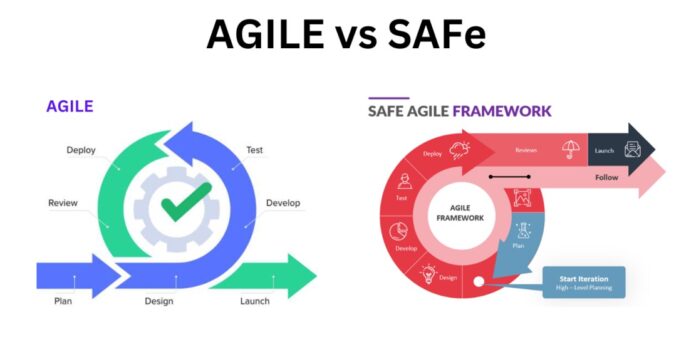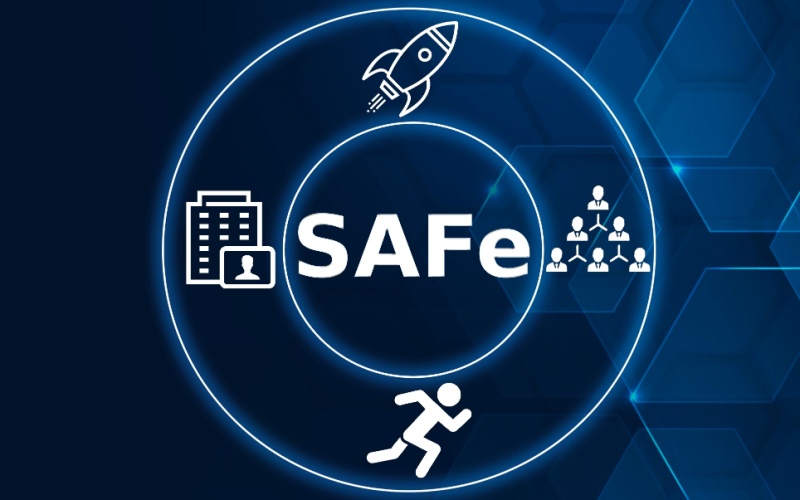These days, businesses need to be able to adapt to an ever-changing market. Consumers’ needs are constantly changing, and new developments are continually coming into play. That gives companies plenty of opportunities to gain competitive edges in their industries and gain ground in new market niches. Of course, it also poses quite a few problems. After all, in many cases, by the time businesses get their products ready for market per the latest trends and demands, those have already shifted, rendering their newest changes fairly irrelevant.
Agile strategies aim to help companies overcome those challenges. They improve businesses’ flexibility, adaptability, and efficiency along with other crucial factors. An SAFe RTE can help businesses incorporate Agile practices effectively and to their utmost benefit. Take a few moments to dig deeper into the Scaled Agile Framework, the role of an RTE, and his or her strategic impacts on a business.
What Is SAFe?

First, let’s take a closer look at SAFe, or Scaled Agile Framework. This is a methodology that’s designed to help large-scale companies implement Agile practices. It’s essentially a set of principles that help teams remain aligned with a business’s goals while also staying flexible and adaptable to frequent changes.
Agile practices help teams veer away from the traditional product development approach that involves working in long cycles and then delivering a finished product all at once. Instead, they break the process into smaller, more manageable steps. They develop products in short cycles, pausing frequently to reflect on their changes, consider customer feedback, and make minor adjustments as needed. SAFe is a method of adapting this strategy to the needs of larger organizations and those with multiple teams working together on projects.
What Is an RTE?

Now, let’s look into an RTE and his or her role in the process. An RTE, or Release Train Engineer, is often described as a conductor for an Agile Release Train, or a train of teams working toward a common goal in product development. An RTE makes sure all those teams are working together effectively. This role entails keeping teams aligned and on track.
The Impacts of SAFe RTEs for Businesses
Having an SAFe RTE on hand can give businesses several benefits. As mentioned, an RTE keeps teams aligned with each other and with their employer’s overall goals. That improves the likelihood of the end results of a project providing the outcomes the business is looking for. An RTE can also improve collaboration among teams by making sure they’re communicating openly and effectively.
At the same time, Agile practices focus on making continuous improvements to products and adapting quickly and effectively to changes in the market and in consumers’ needs. An RTE helps ensure teams are able to work together to do that. In doing so, an RTE can help companies to better meet their customers’ needs, minimize risks, and get their products to market more quickly.
Taking Full Advantage of SAFe With an RTE

Agile methodologies are designed to improve teamwork and collaboration in many ways, and the Scaled Agile Framework makes them better suited to large companies and those with multiple teams working on projects. A Release Train Engineer can help companies take full advantage of Agile practices and the many benefits they offer. An RTE keeps teams working together effectively, which can have significant positive impacts on today’s businesses.







